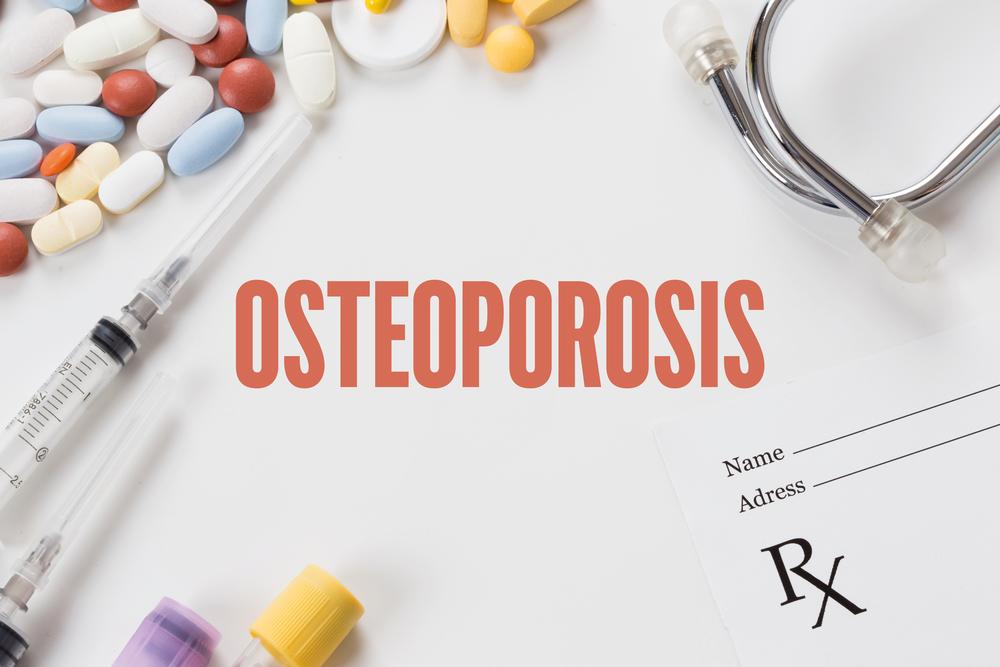Understanding Osteoporosis: Treatment Methods and Safety Considerations
Explore the key treatment options for osteoporosis, including bisphosphonates, Prolia, and Forteo, along with their safety considerations. Understand how these medications work to strengthen bones and the potential side effects involved, emphasizing the importance of personalized treatment planning especially for postmenopausal women vulnerable to fractures. Early intervention is vital for maintaining bone health and preventing serious injuries.
Sponsored

Bone tissue undergoes continuous breakdown and renewal throughout life, a process known as bone remodeling. This balance is disrupted in women after menopause when estrogen levels decline, impacting this natural cycle. Osteoclasts dissolve old bone, while osteoblasts create new tissue. Reduced estrogen impairs these cells, leading to decreased bone density and osteoporosis. Postmenopausal women with osteoporosis may need medications to prevent fractures. These treatments either slow bone loss or promote new bone growth but can have side effects such as jaw osteonecrosis or gastrointestinal issues.
Effective osteoporosis management is crucial, as untreated cases increase fracture risk in women over 50. Common drugs include bisphosphonates, which hinder osteoclast activity but may cause stomach irritation and rare jaw bone issues; Prolia, which reduces bone resorption but may lower calcium levels; and Forteo, a synthetic hormone that enhances osteoblast activity but has a potential link to cancer at high doses. Evaluating benefits and risks is essential before starting treatment.






